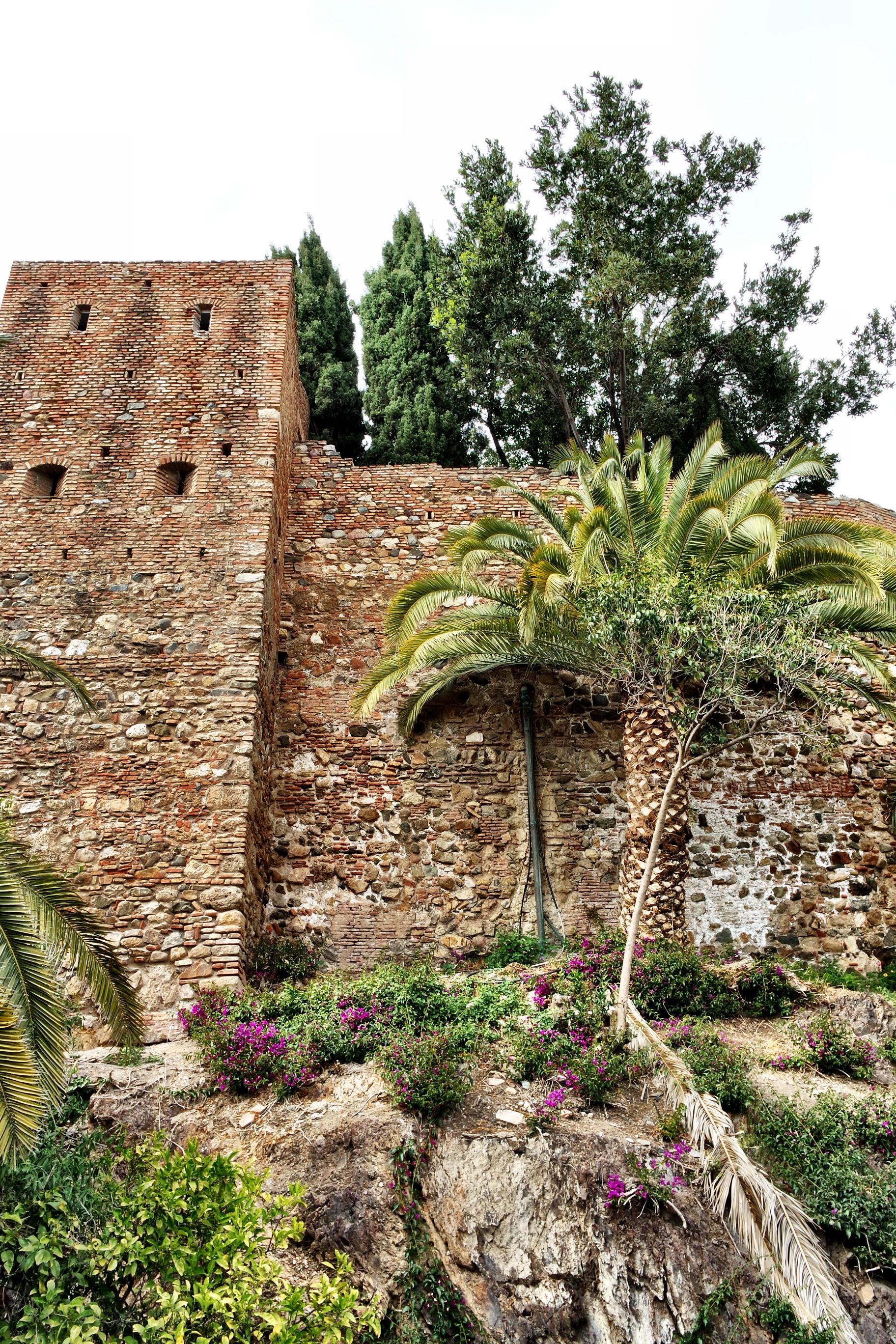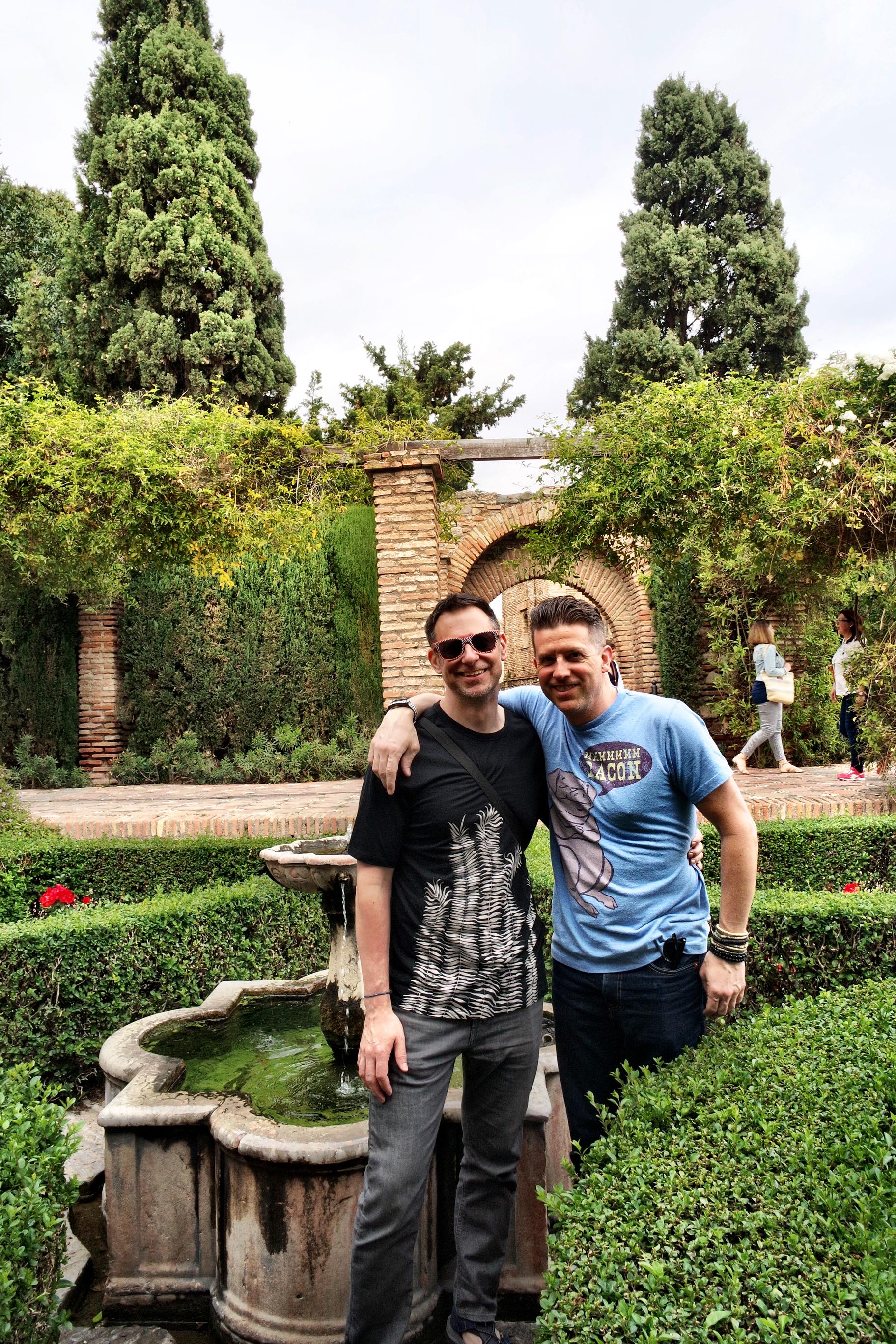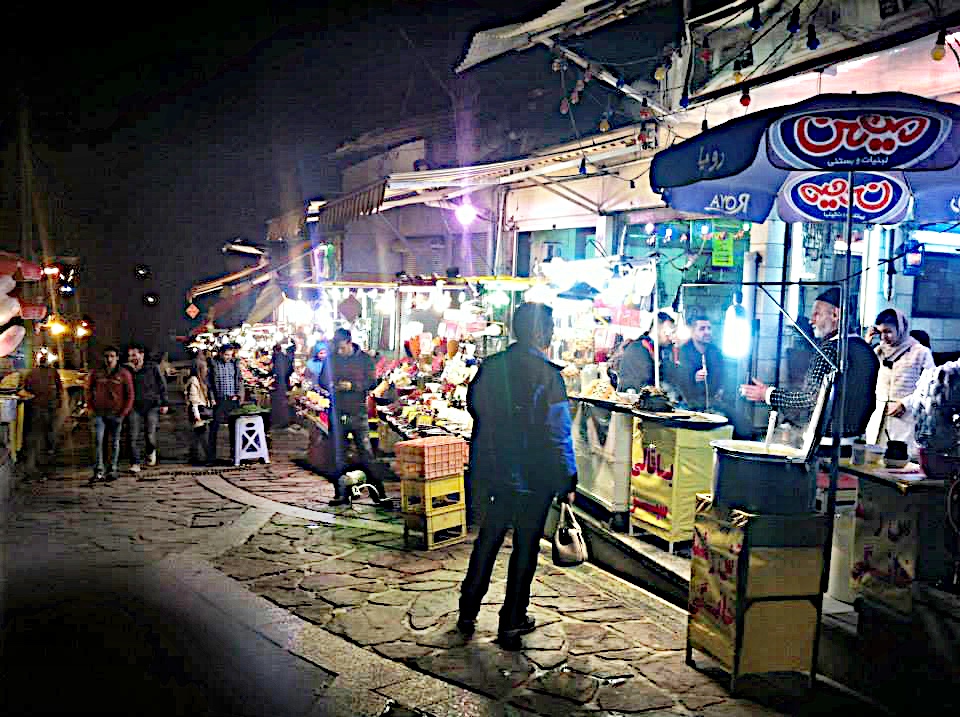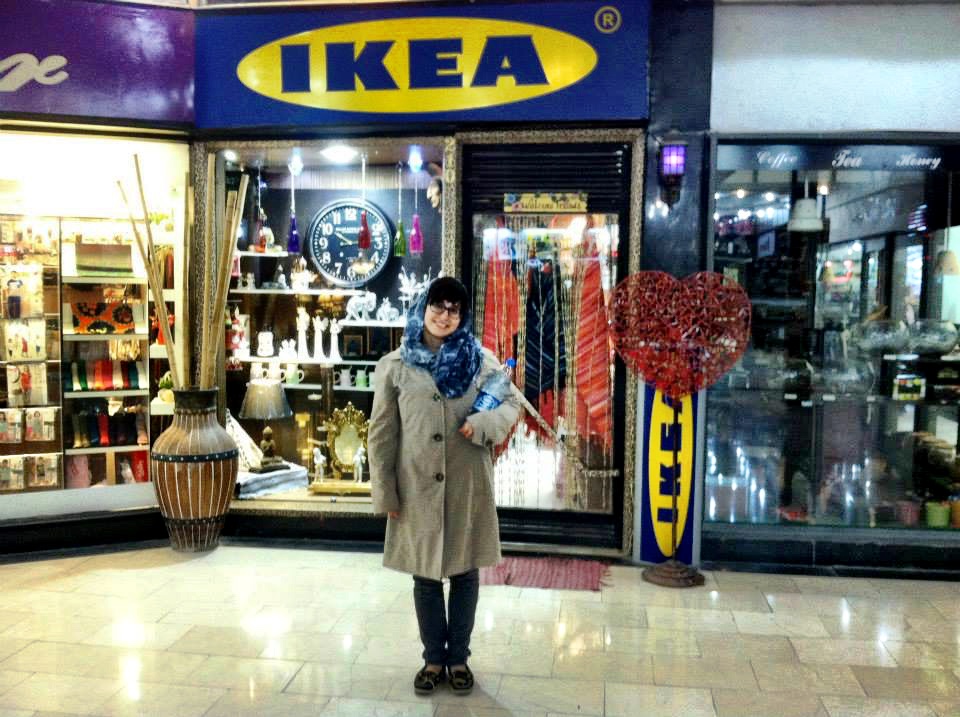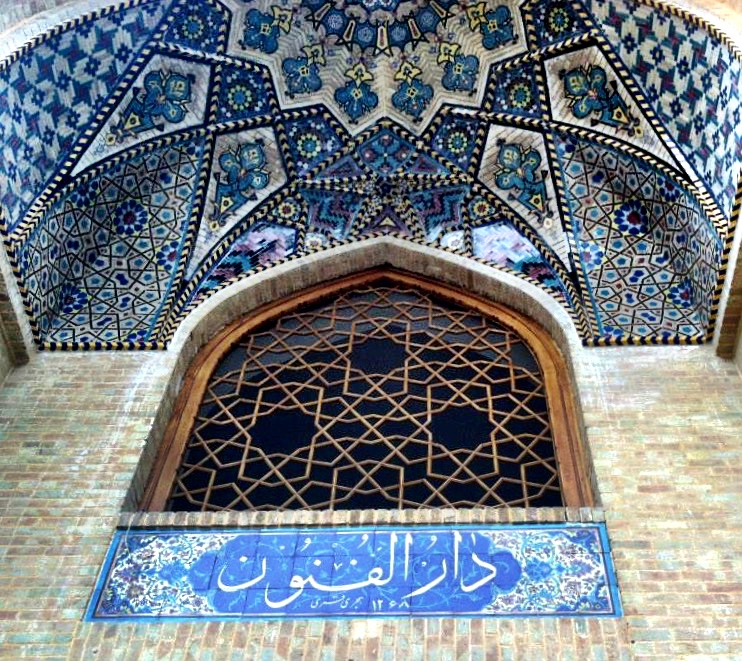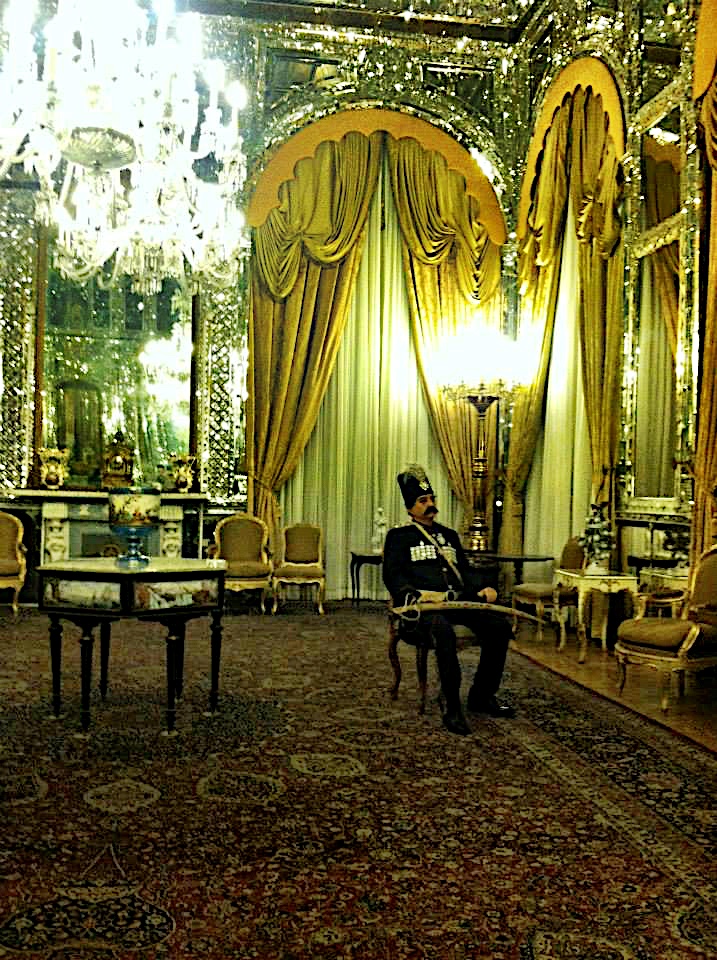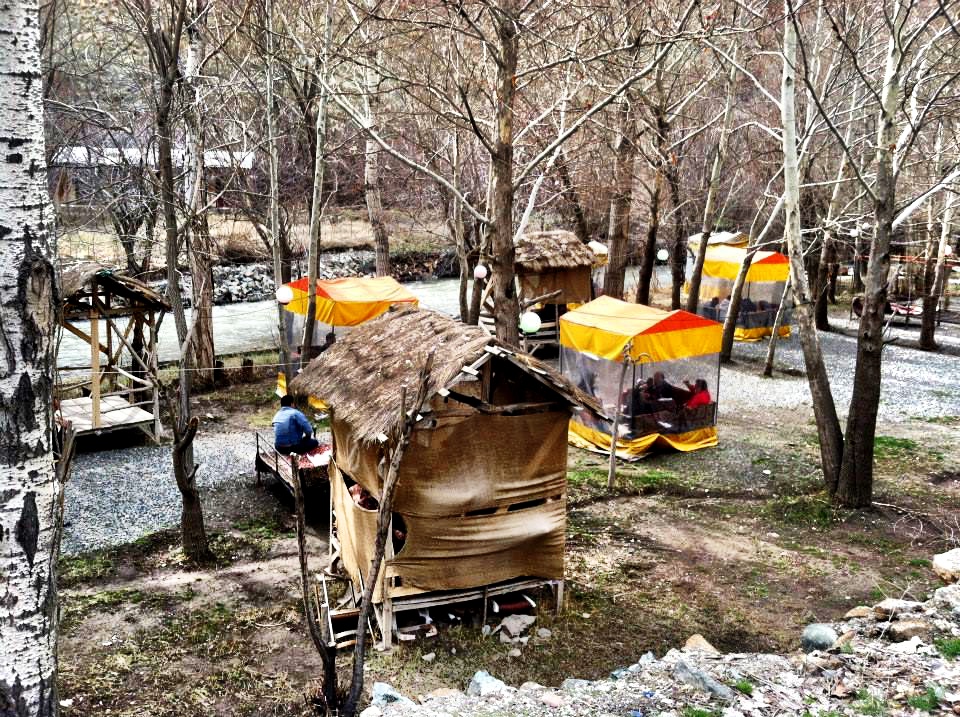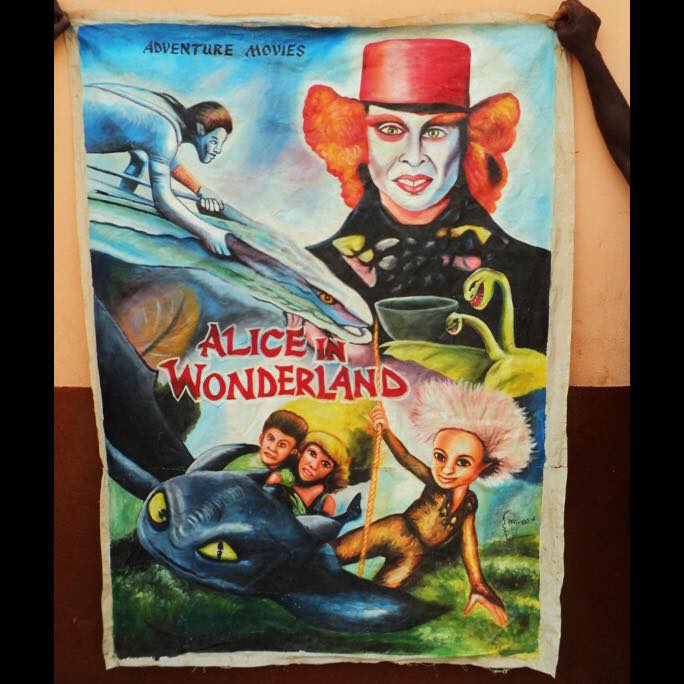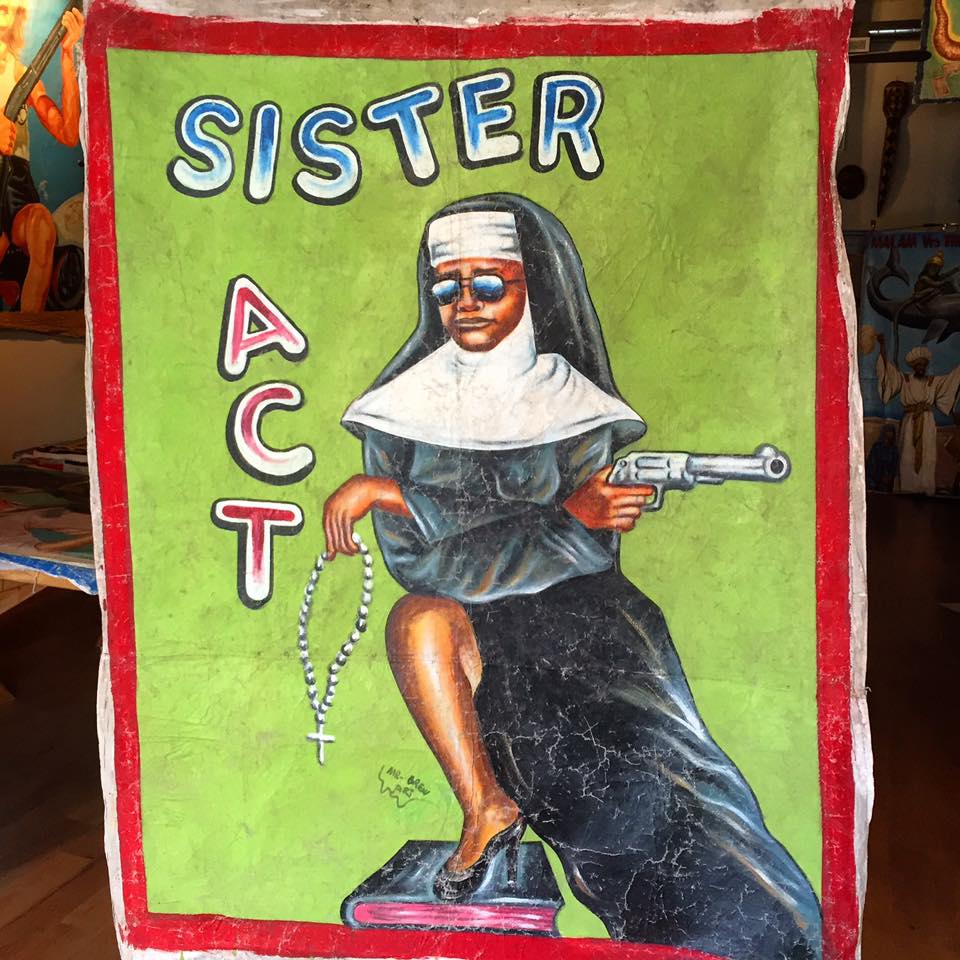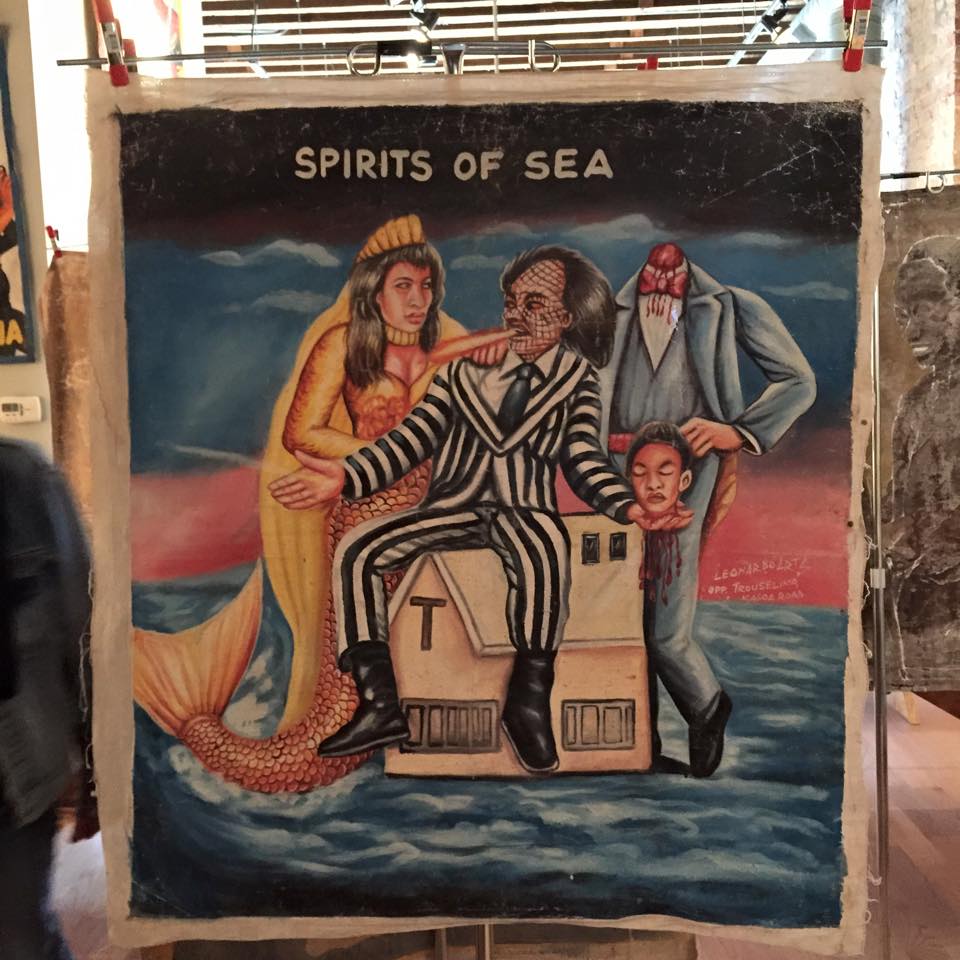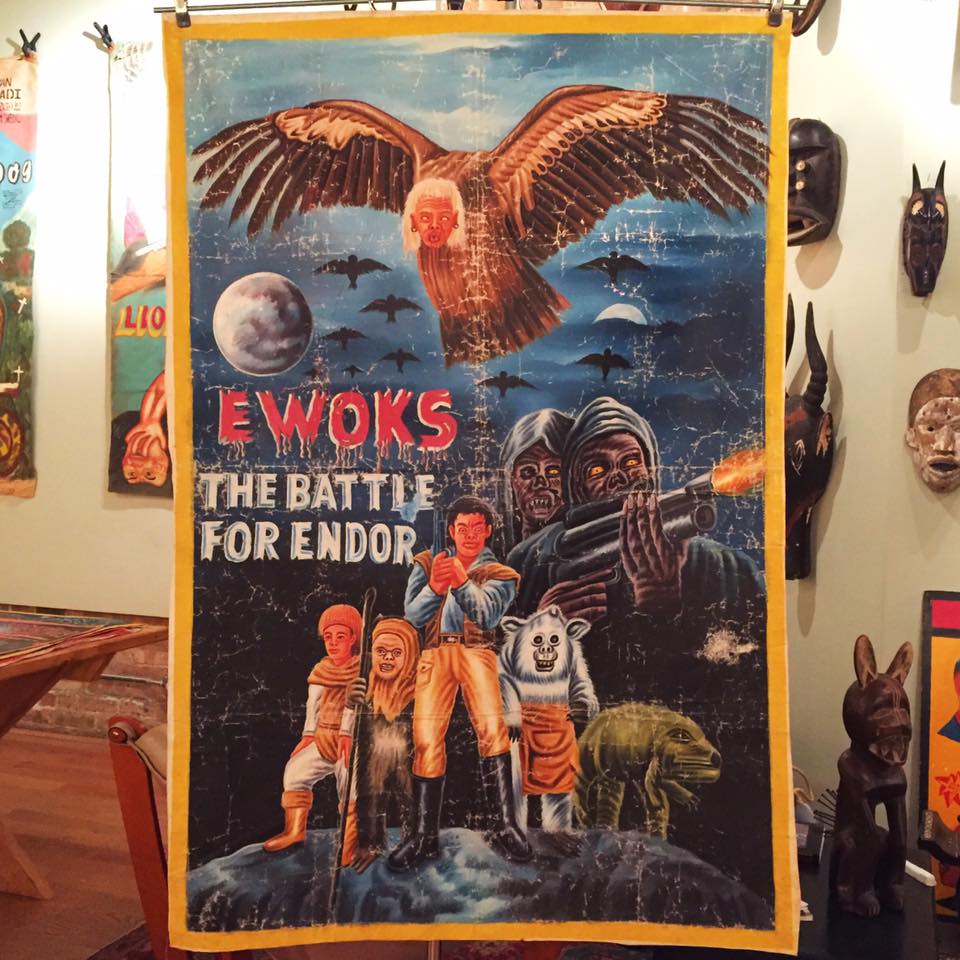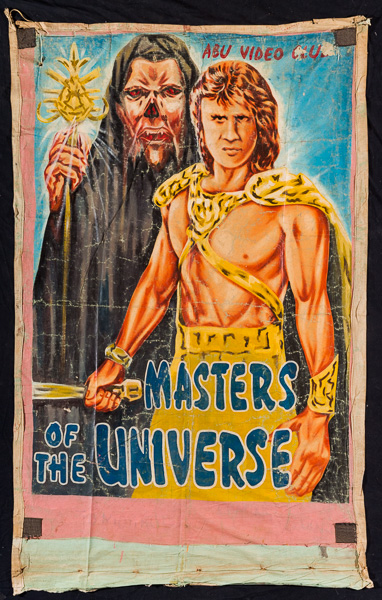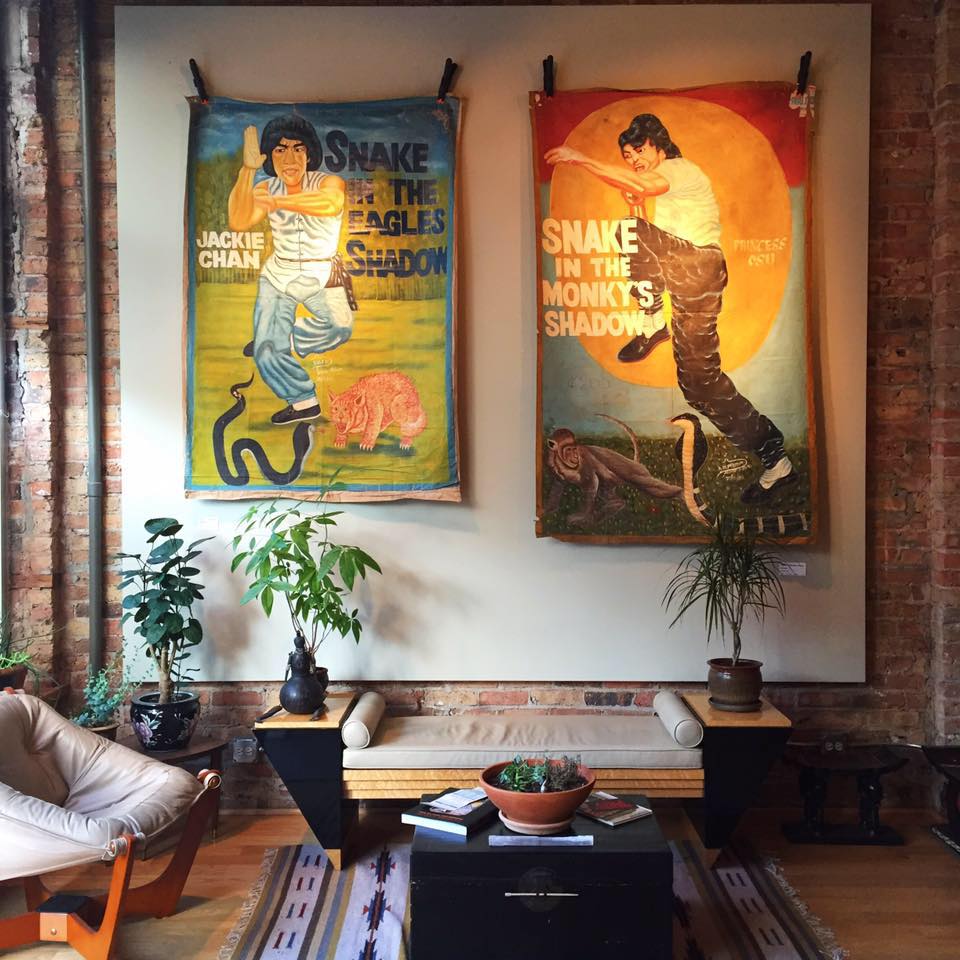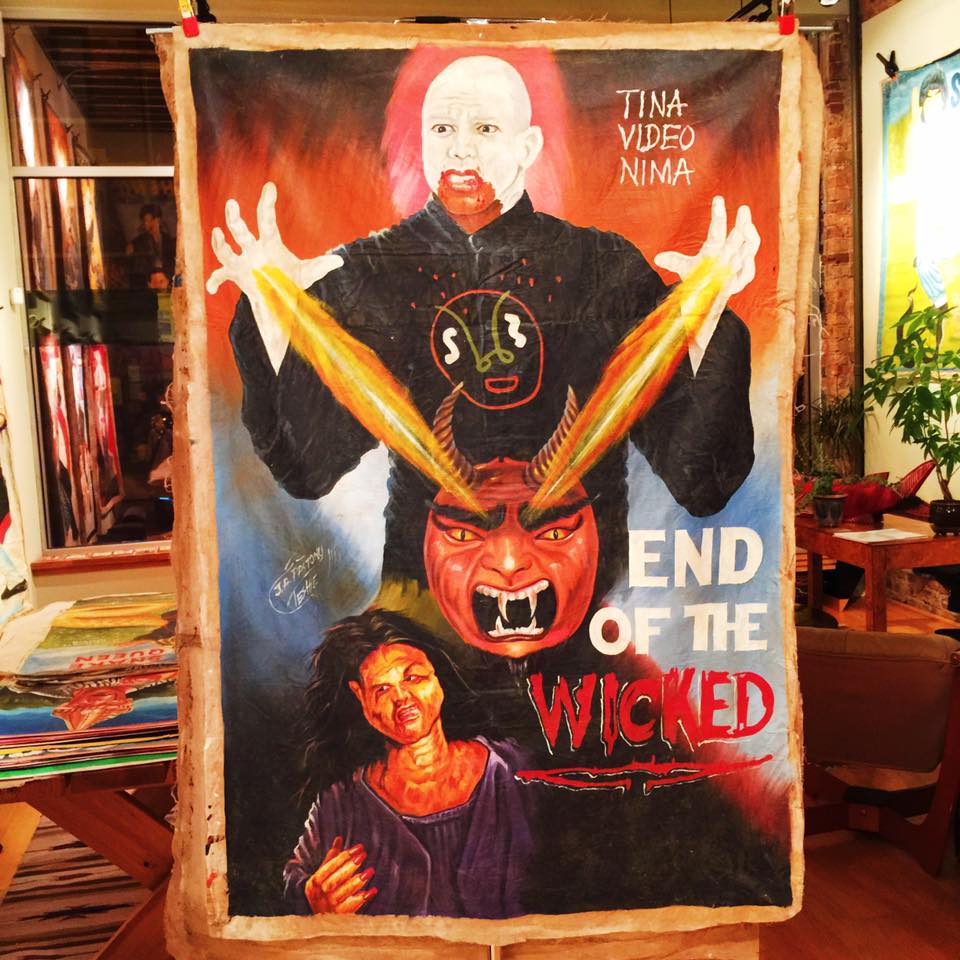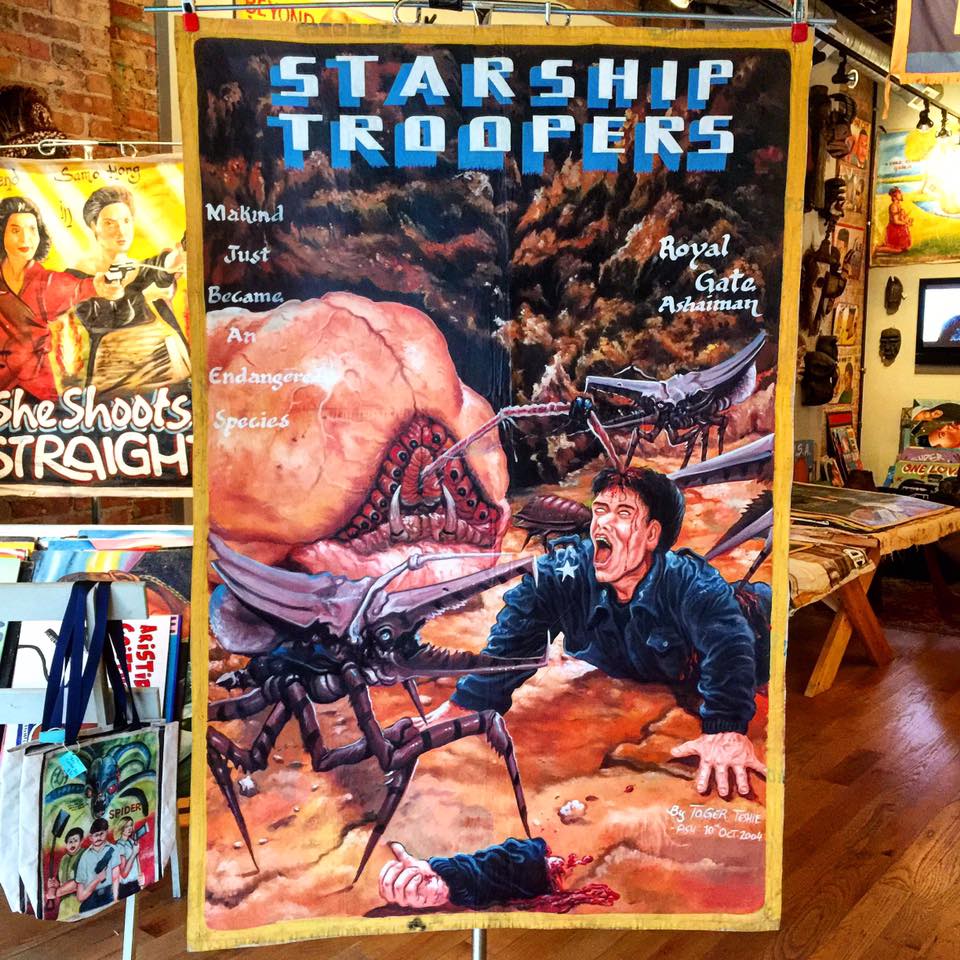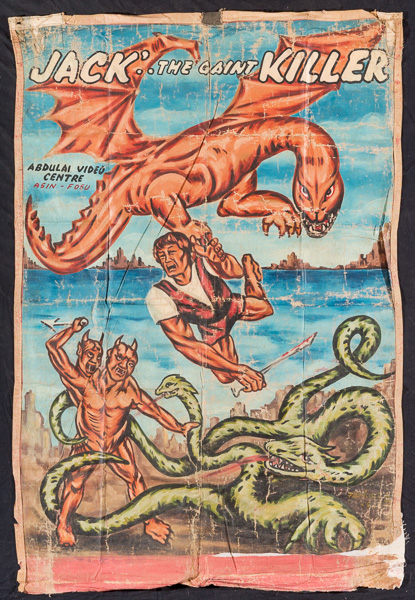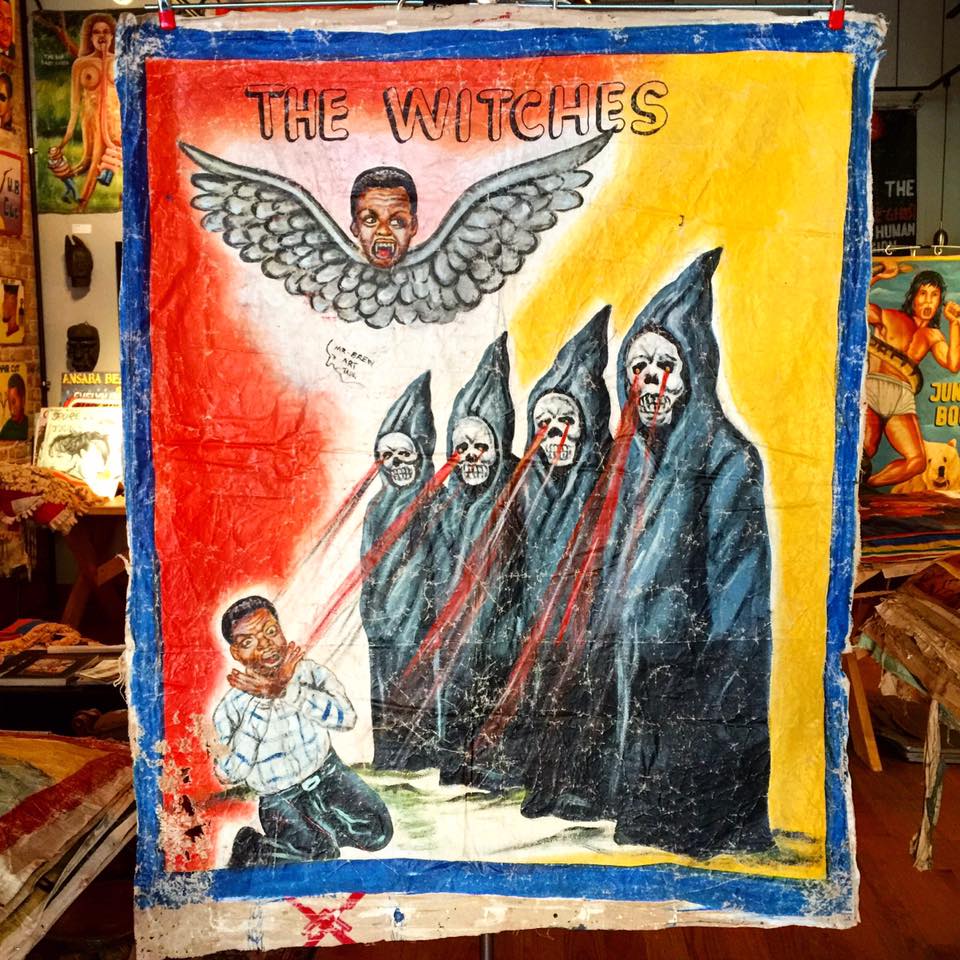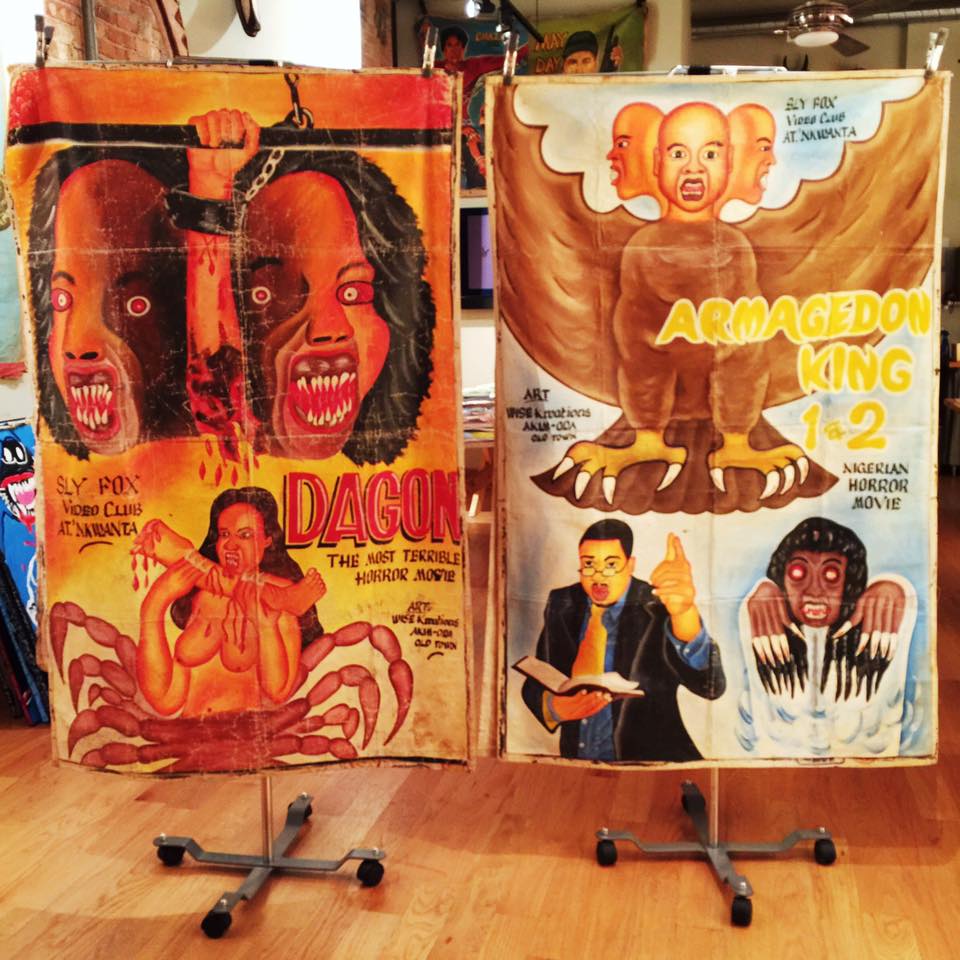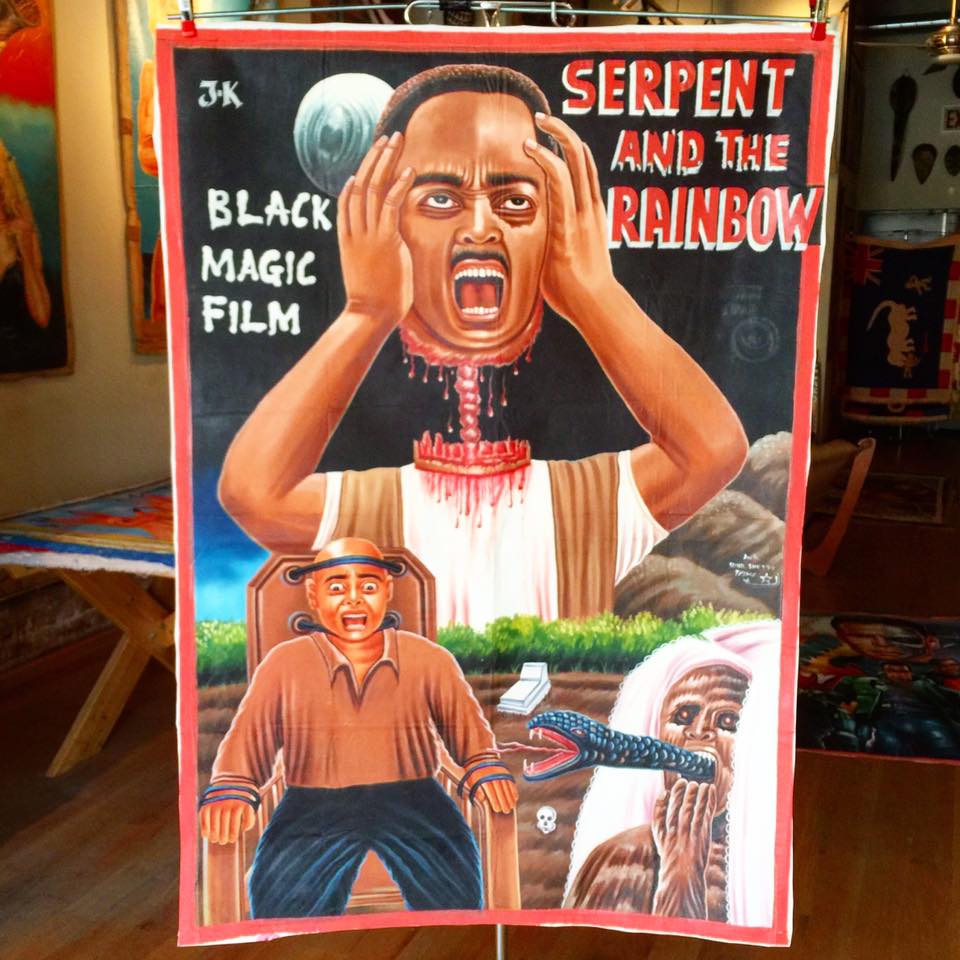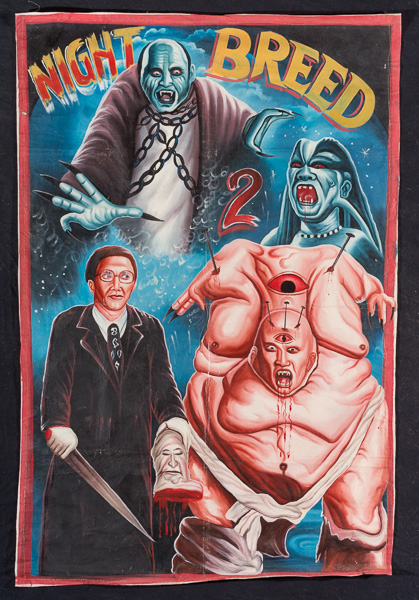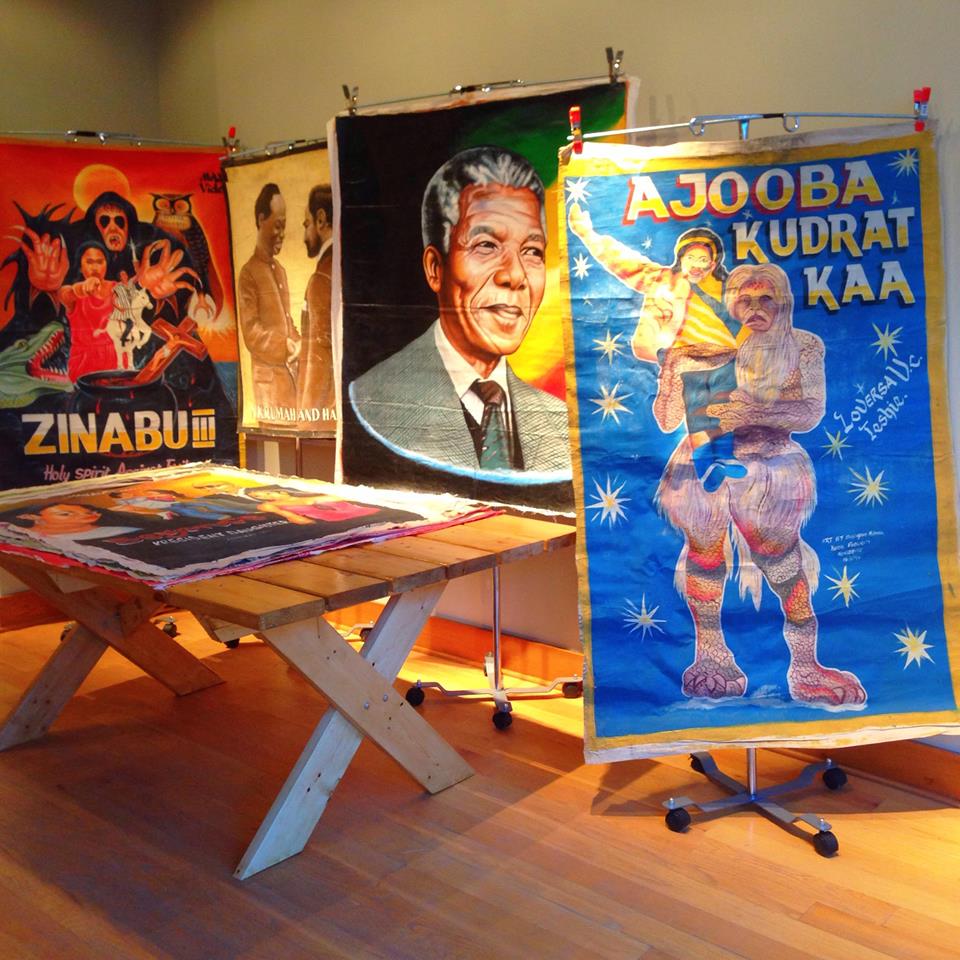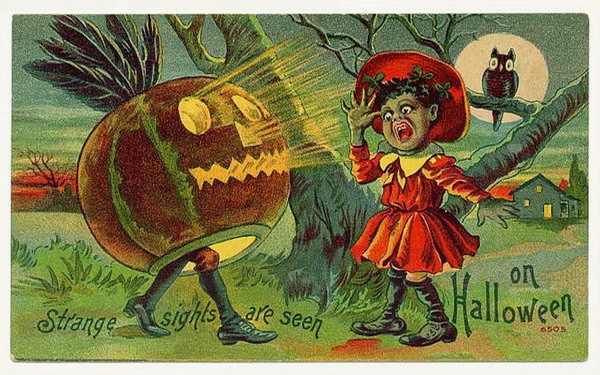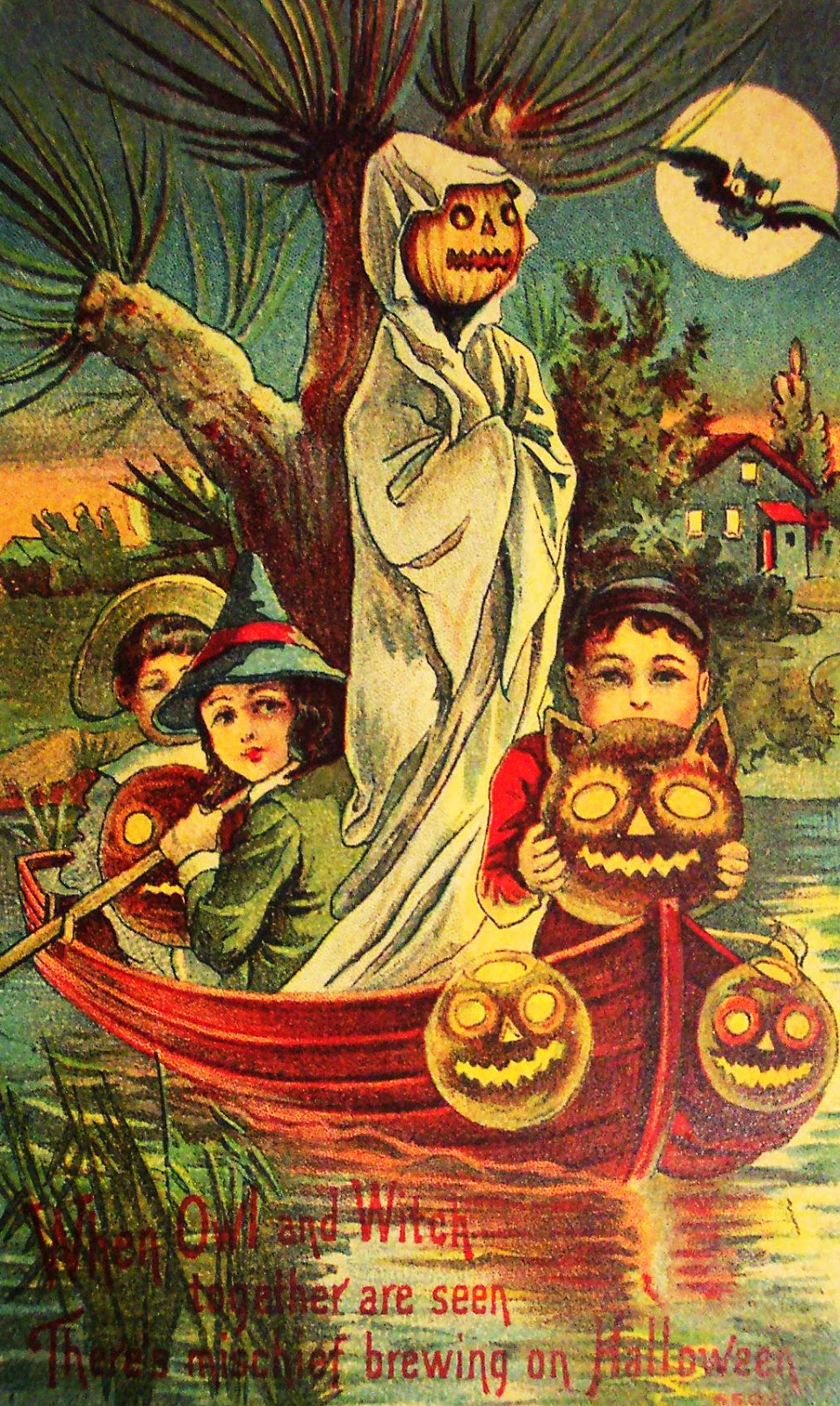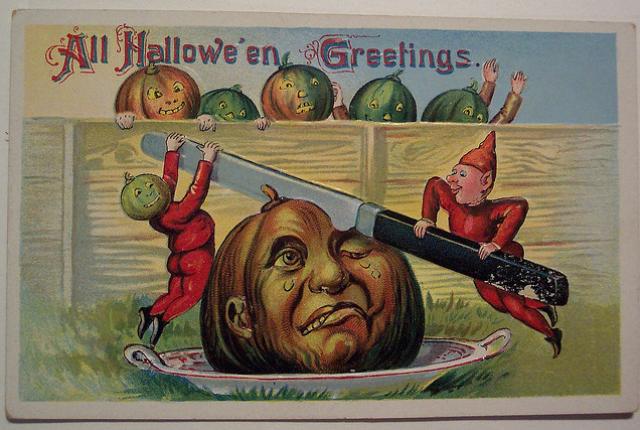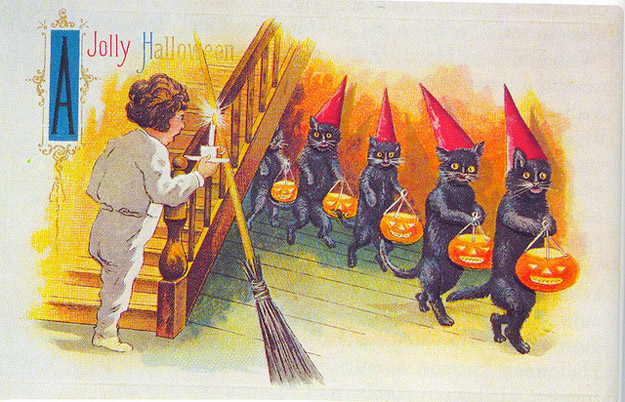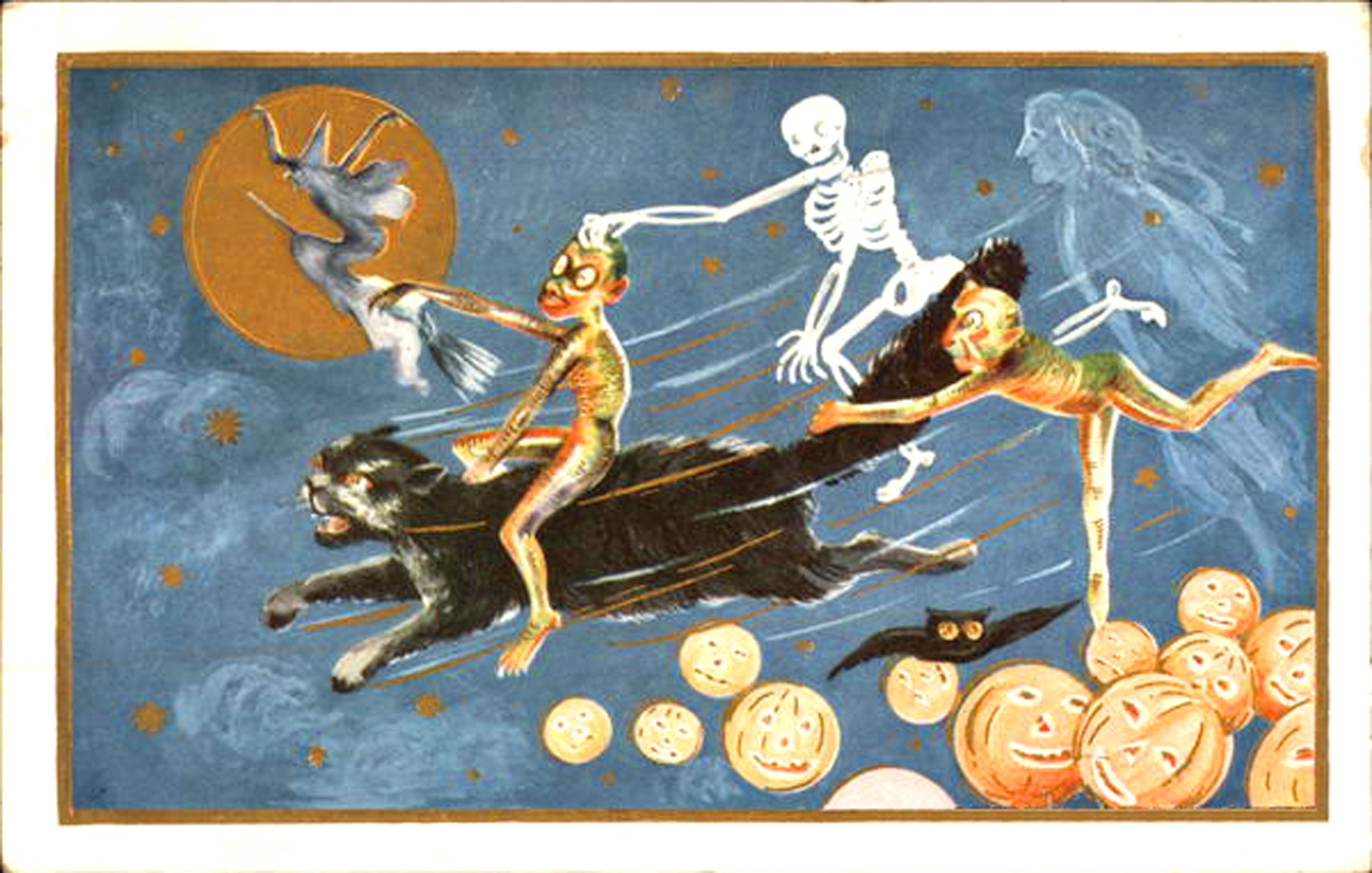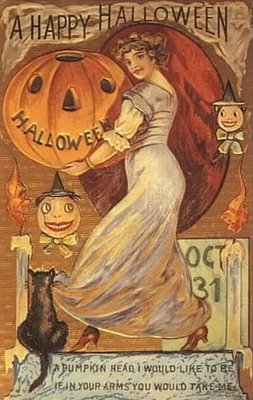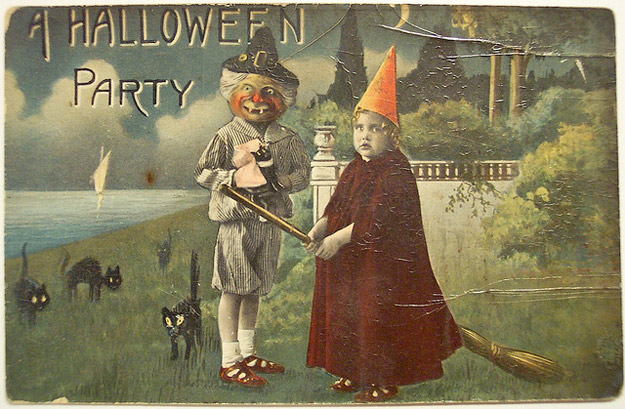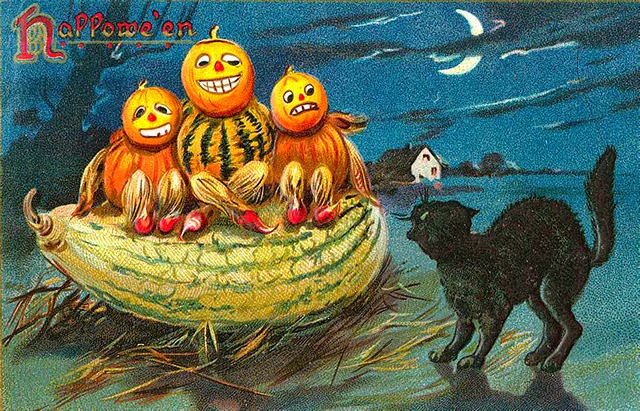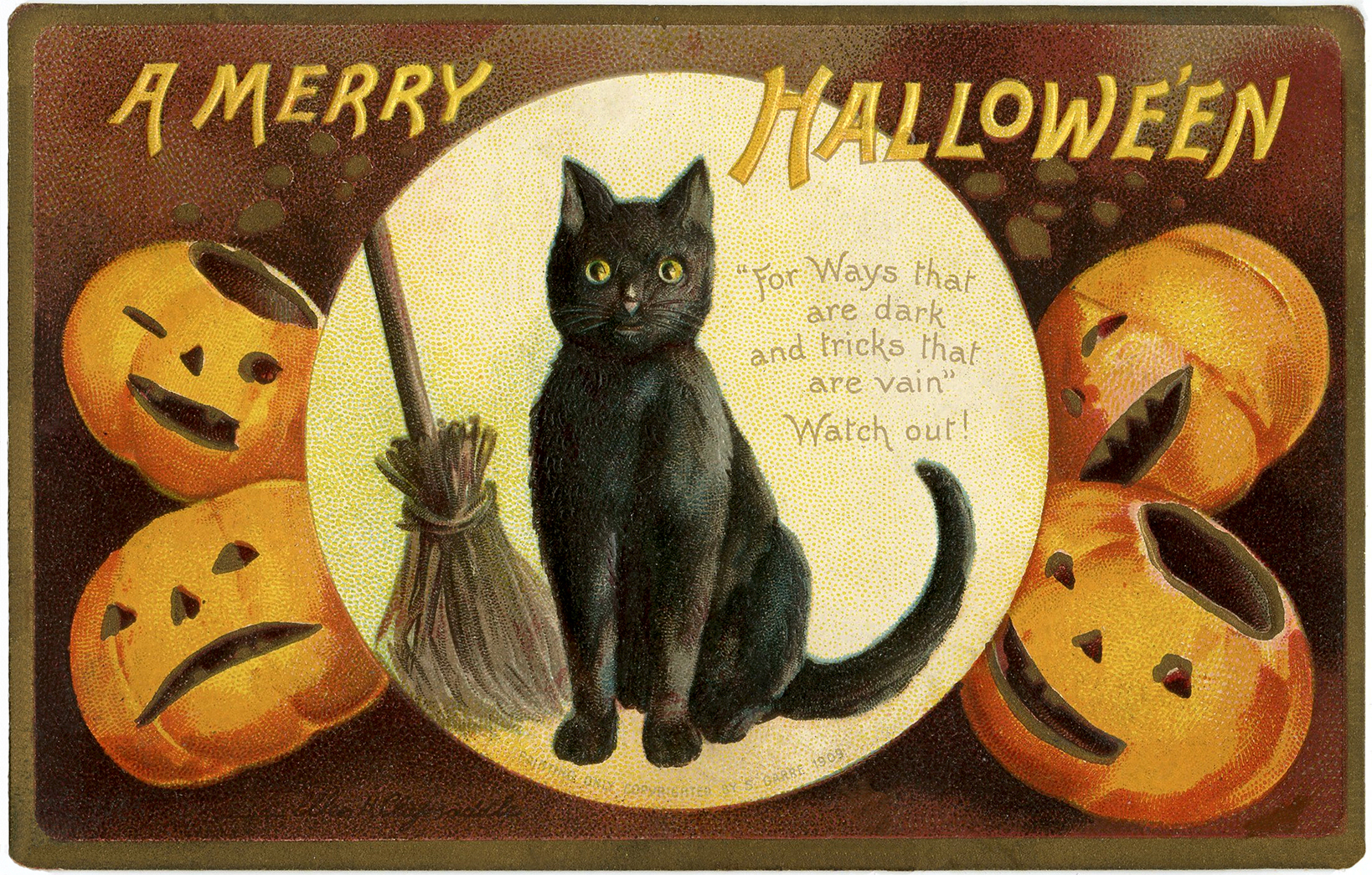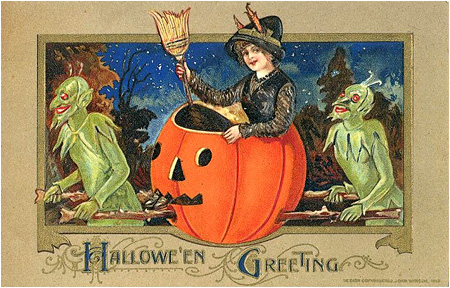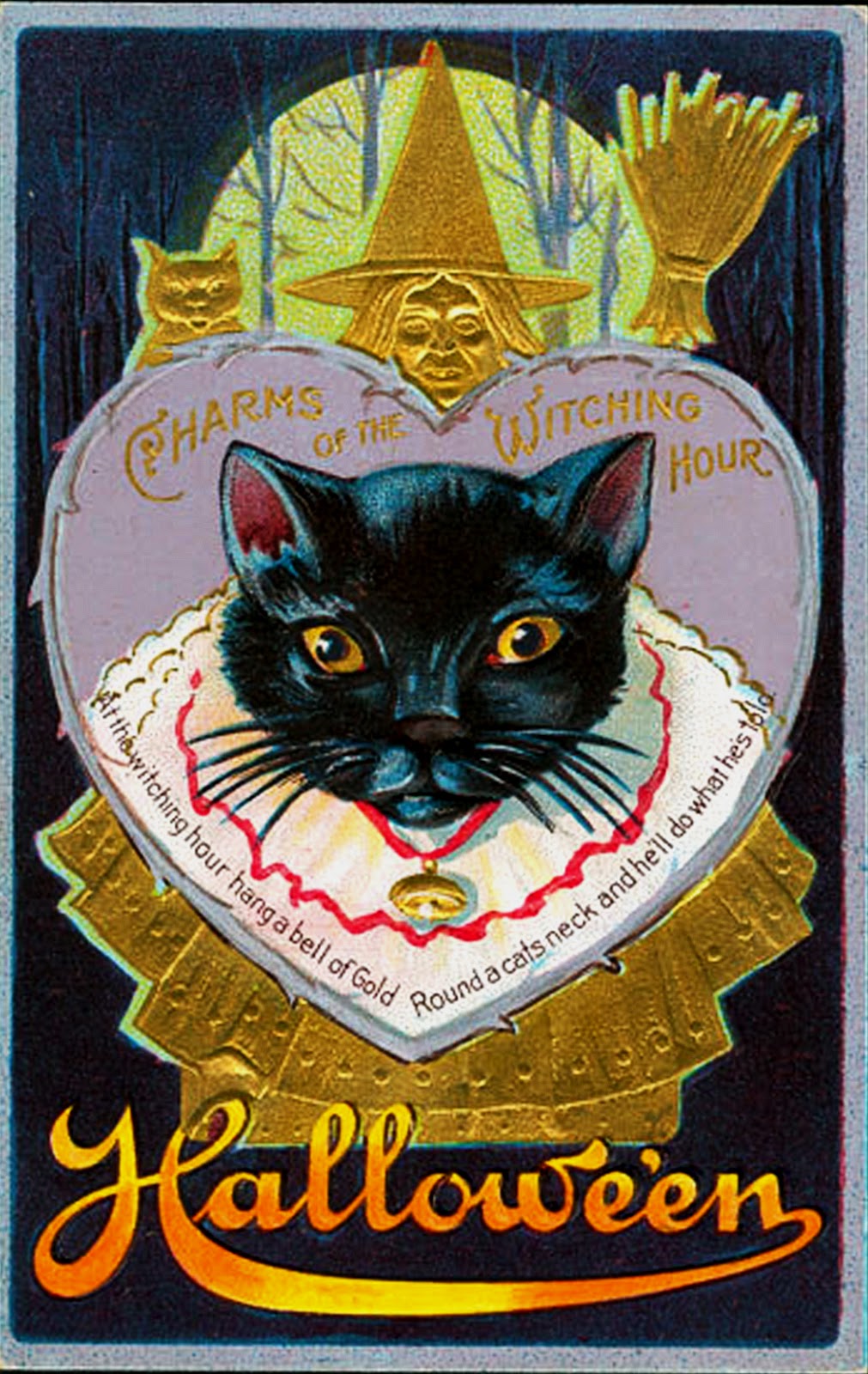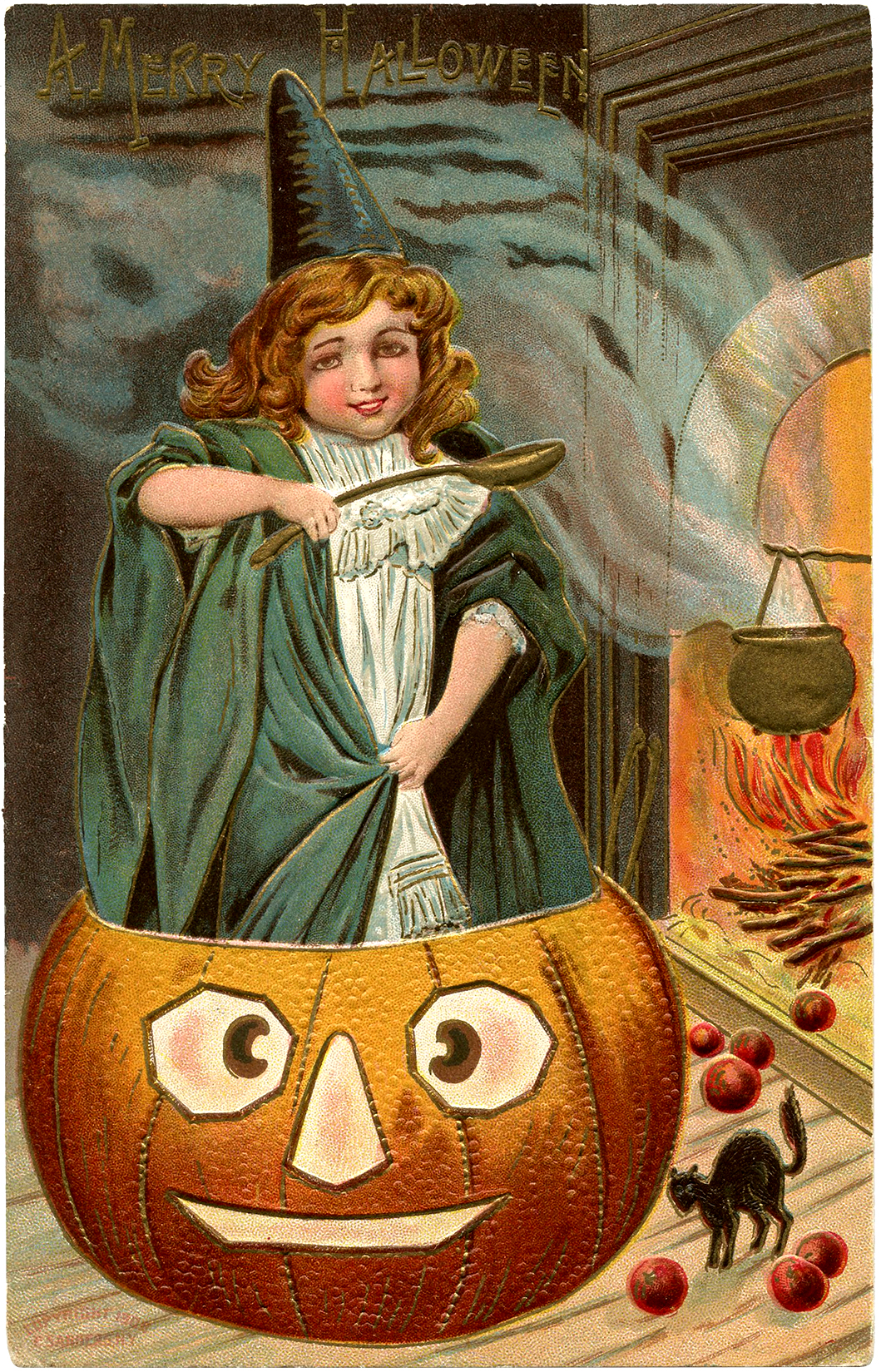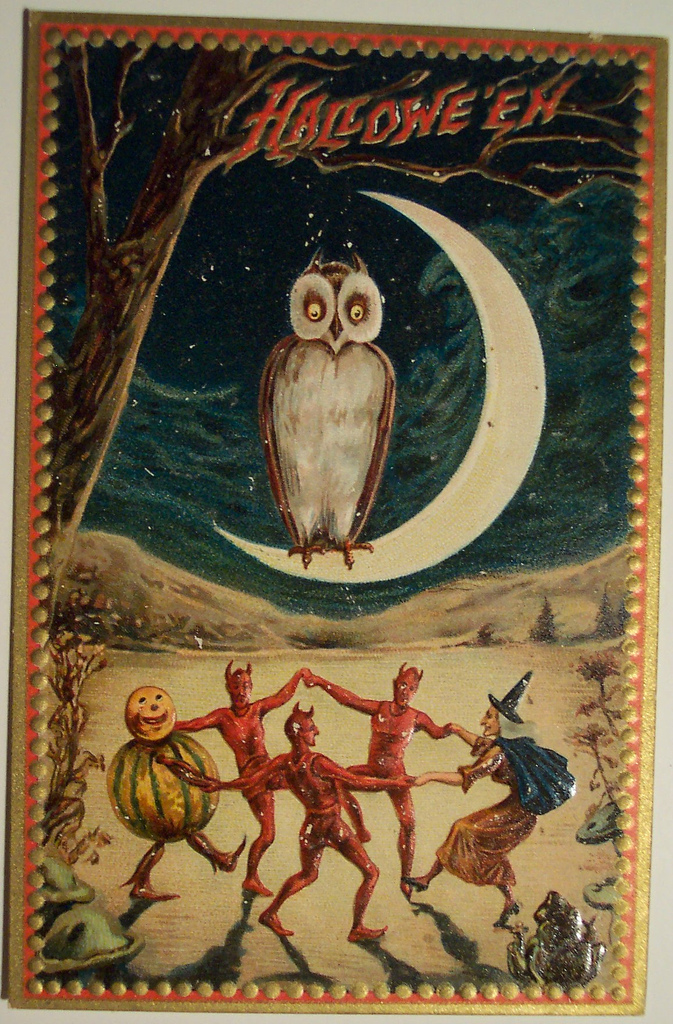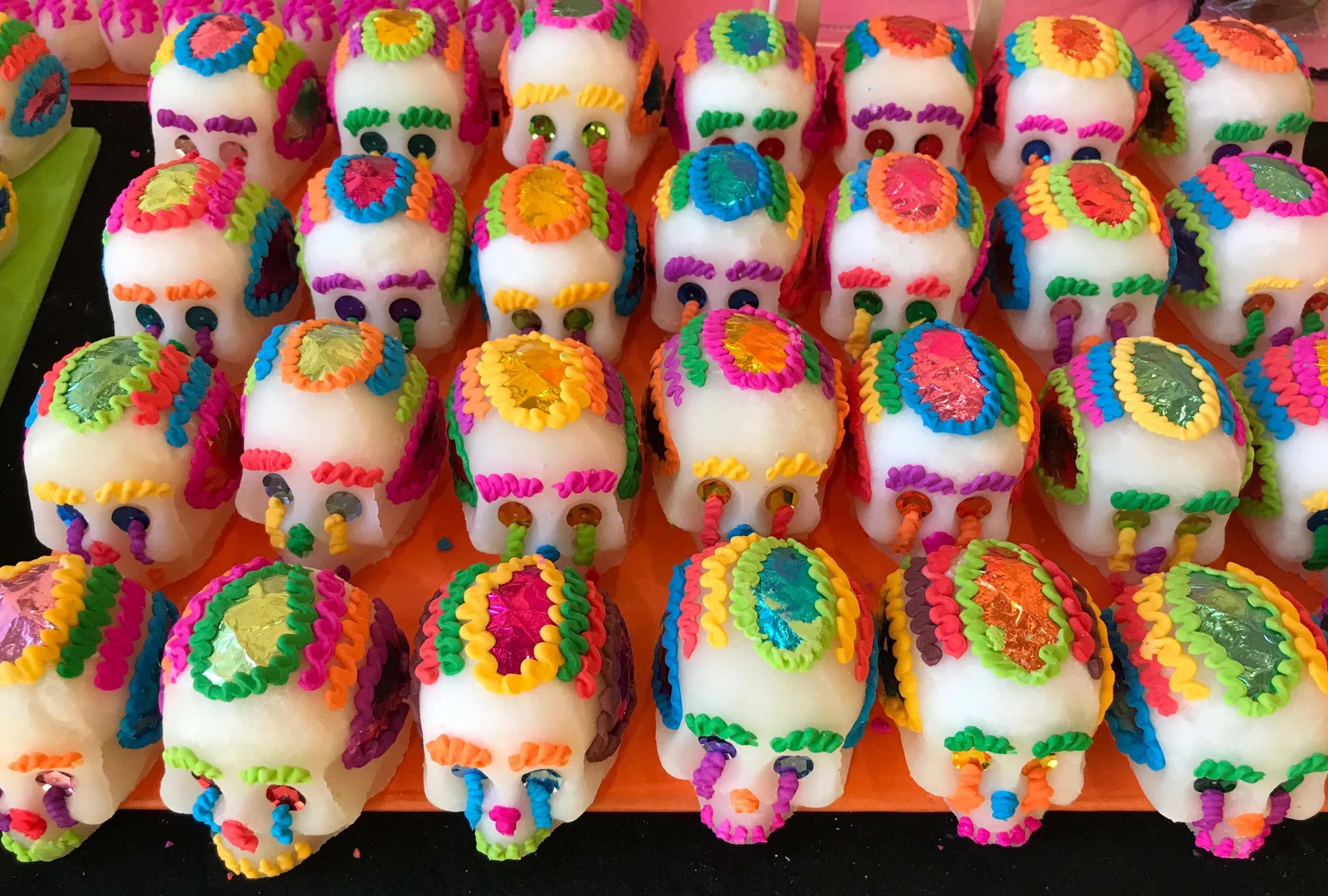Looking for things to do in Málaga? There just happens to be a Roman Theatre and Moorish fortress right in the city center.
The Alcazaba, a Moorish fortress, and the Roman Theatre are right in the centro of Málaga, Spain
Walking the pedestrian-friendly city center of Málaga you’ll discover historic architecture, shops, restaurants and cafés with outdoor seating. Cars are restricted or prohibited in certain areas. You’ll also find the ruins of a Roman theater and one of Málaga’s most important landmarks: the Alcazaba, a Moorish hilltop fortress.
“The Moorish citadel was strategically located on the summit of a hill to defend Málaga from invading pirates.
The eastern side offers panoramic views of the city and port below.”
While shopping and eating your way through Málaga’s city center, be sure to visit the Alcazaba
A Day at the Theatre
Wally, our friend Jo and I had sat across from the Roman Theatre on our first afternoon in Málaga, when we dined on the terrace at El Pimpi. After a short walk from the sun-drenched city port the following day, the three of us arrived at the impressive ruins, finally able to stop and marvel at the fortress looming above.
A cat preens itself within the ruins of a Roman Theatre beneath the Alcazaba fortress
The remarkably intact ruins of what’s known as the Roman Theatre located beneath the Alcazaba were unearthed in 1951 during an exploratory excavation. The area was originally intended for a formal garden for the Archive and Library Palace — since demolished in the mid-’90s.
Jo and Wally get ready to explore the Alcazaba
The semicircular theater, nearly the size of a football field, measures 203 feet across and was erected during the reign of Caesar Augustus. Its purpose was to provide a place for the public to see dramatic spectacles, including comedies, tragedies and orations. Jo told us it’s still used as a performance space.
Adventure and beauty await a stroll through this ancient fortress
The tiered design enhanced the acoustics, and tarps could be drawn overhead to provide cover from extreme sunlight or rain. The theater also included an exit passage known as a vomitorium, which derives from the Latin verb vomere, “to spew forth.”
During Islamic rule, elements from the theater, including columns and capitals were incorporated into the building of the Alcazaba. Its name derives from the Arabic al-kasbah, a fortified citadel.
The Puerta de las Columnas, or the Gate of the Columns, was built using Roman marble columns to hold up the Moorish horseshoe arches
A Tour of the Fortress
A cobblestone footpath to the right of the Roman Theatre ambles upward amid lush greenery and Arabian jasmine. We got into the site for free, as it happened to be Spain’s Labor Day.
We passed through the Puerta de las Columnas, later named the Torre del Cristo (Tower of Christ), when it served as a chapel. The twists and turns of the passage beyond were designed to impede the progress of a potential invasion.
Duke and Jo admire the view from the hilltop citadel. You can see the lighthouse in the distance
Encircled by fortified ramparts, the formidable Alcazaba fortress overlooks of the port below. It was no mistake that the Moorish citadel was strategically located on the summit of a hill in the center of the city, as its original intent was to defend the city from invading pirates.
The Alcazaba offers a picture-perfect view of the pastel-colored city and port below
During the 11th century, these fortifications were strengthened, and a palace was added by the Sultan of Granada, Badis Al-Ziri. The structure was renovated to such a degree that some historians of the time credited the sultan as the original architect.
The reflecting pool in the Nasrid Palace area of the Alcazaba
Inside the citadel there are two palaces, one of the Nazari period and another from the Taifa period. The inner enclosure is reached through the Puerta de los Cuartos de Granada (Gate of the Granada Quarters), which acts as the defense to the western side of the palace. On the eastern side is the Torre del Homenaje (Tribute Tower) which offers panoramic views of the city and port below.
Notice the detailing atop this column at the Alcazaba
Don’t forget to look up: The tilework on the ceiling is impressive, if faded, in parts
Inside the tower is an exhibit containing reproductions of traditional Nazari pottery. The pieces do not have their ornamental coating in order to focus the attention on their typology and production techniques.
After the reconquest in 1487 by Ferdinand and Isabella the Alcazaba fell into decay — restoration work didn’t occur until the 1930s and continues today. At one point, the crumbling structures were used as shelter by Málaga’s homeless.
Take time to stop and smell the roses. An Islamic garden is a place of reflection and a reminder of paradise
The Alcazaba doesn’t offer the views afforded by Málaga’s other fortress, the Gibralfaro, situated even higher above the city. And it’s not on the lavish scale of the Alhambra in Granada. But it does contains similar architectural elements, including horseshoe arches, fountains and Andalusian garden courtyards. It’s a must-see for anyone interested in the storied past of Málaga. –Duke

